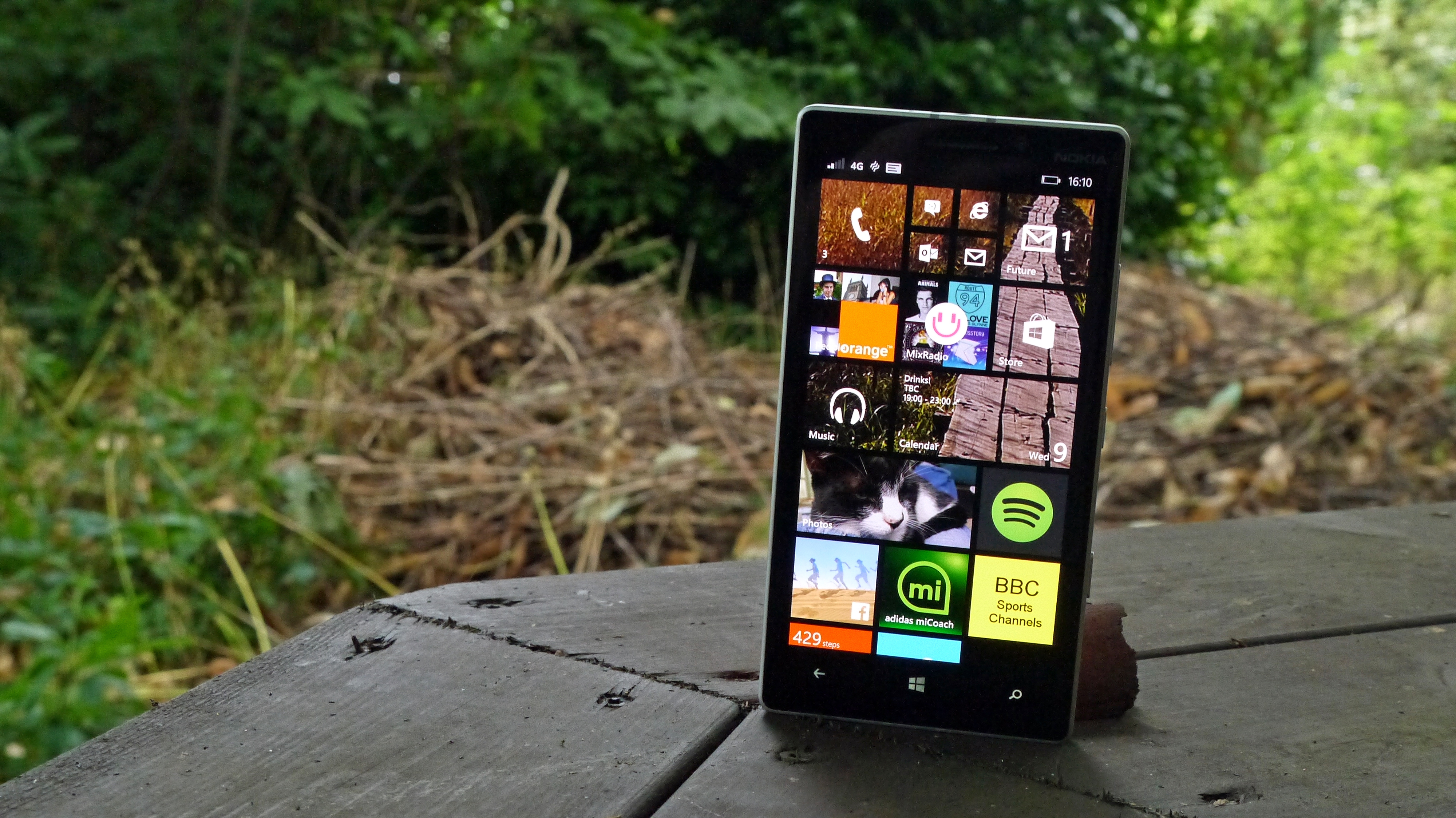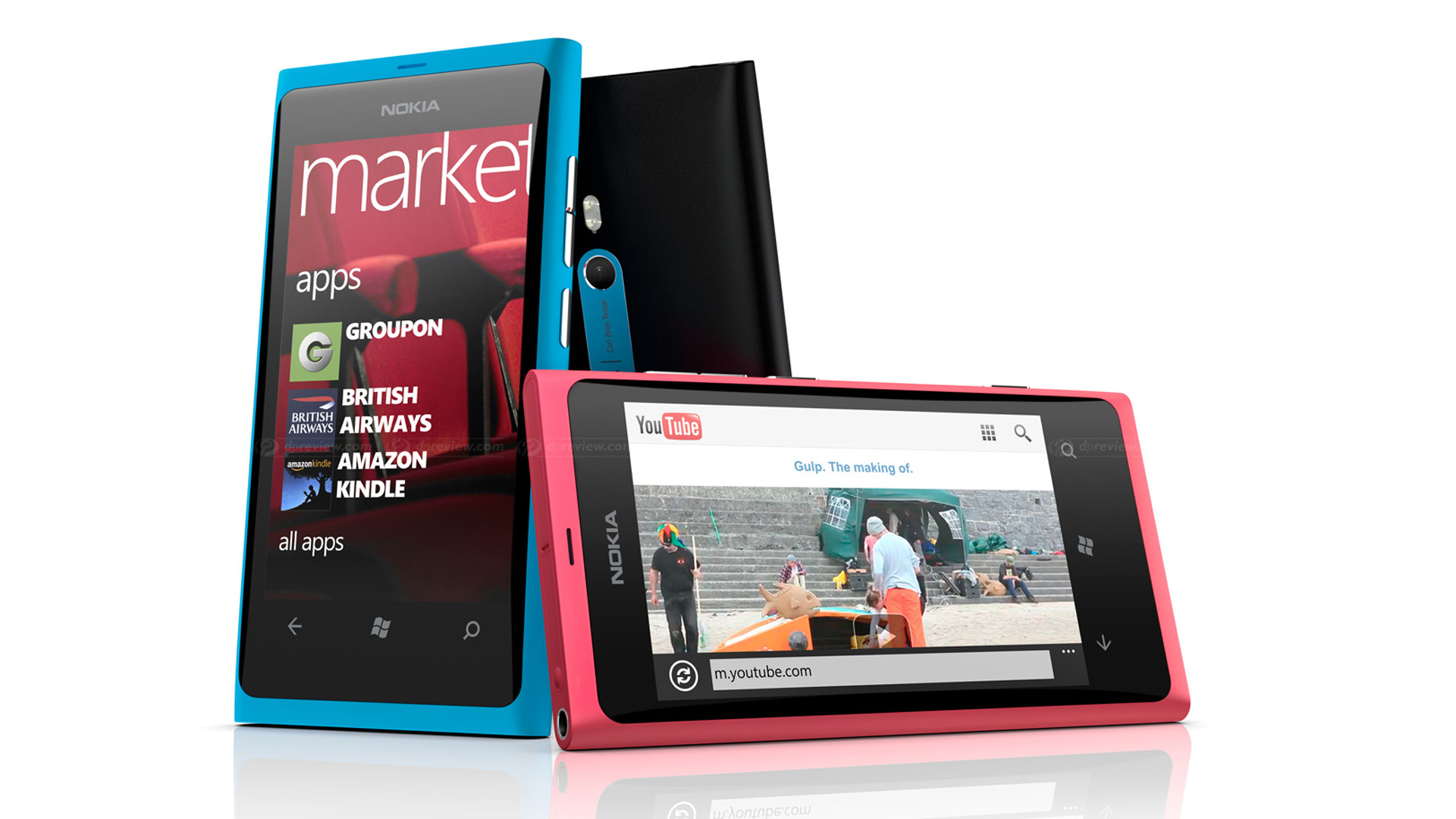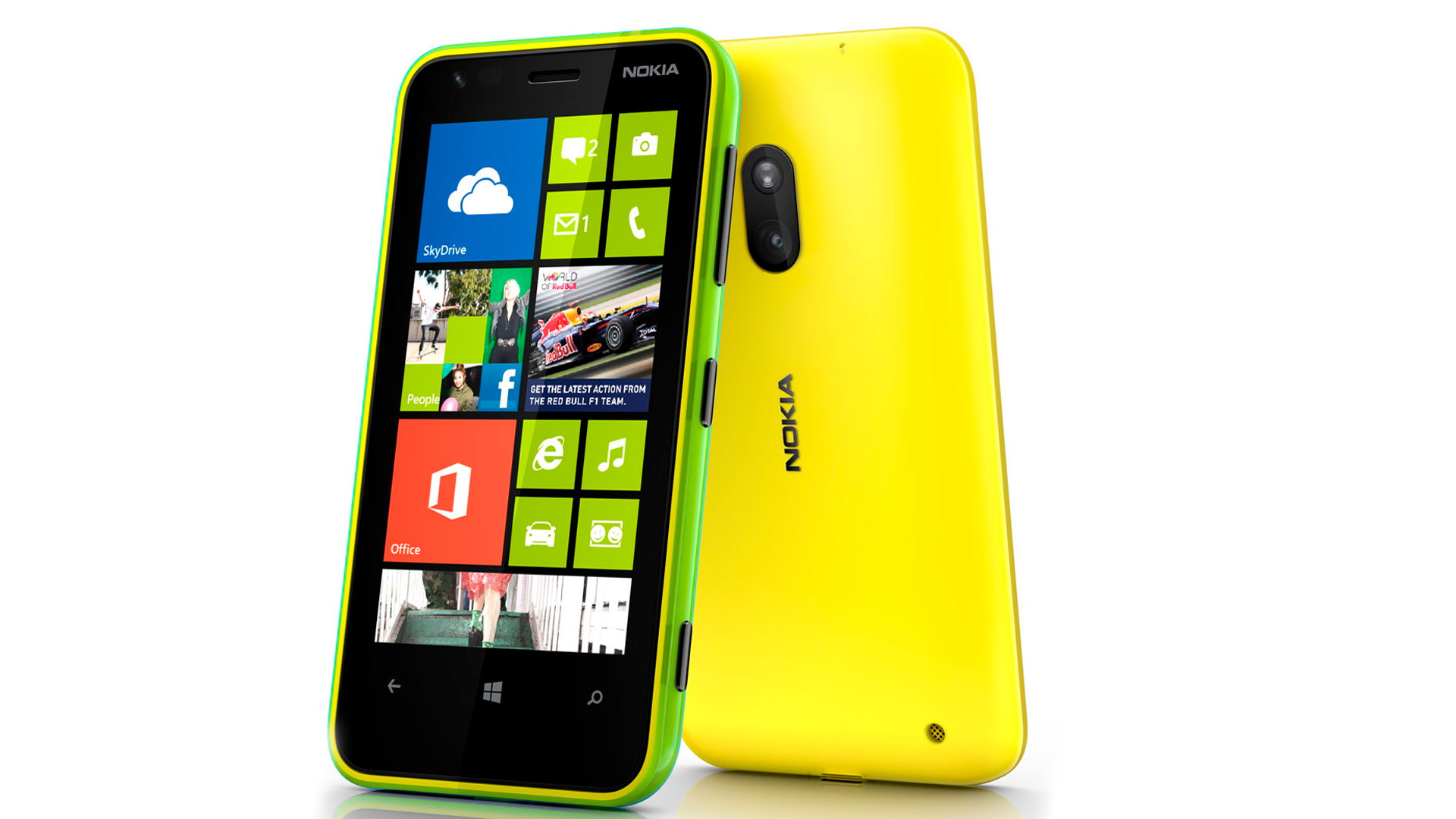10 years on from Nokia Lumia phones: 5 handsets that defined the era
Remember the days of 2011, and Windows Phone?

November 2021 marks 10 years since the first Lumia phone, the Nokia Lumia 800. It was one of the most interesting developments in mobiles since the arrival of the iPhone and Android OS, years before.
The Nokia Lumia series was ultimately a failure. What promised to be the third pillar of mobile phone systems eventually crumbled to dust, blown away on the breeze by 2017.
It’s remembered fondly by some, but other younger tech fans may not know it ever existed. However, Nokia Lumia gave us some of the most memorable and distinctive phones from the last decade for both how they looked and the tech they used inside.
Let’s look back at the Nokia Lumia range through the lens of some of the classic models in the series, which still have a special place in our memories to this day.
Nokia Lumia 800 (2011)

The Nokia Lumia 800 was the first Lumia phone. It was announced in 2011, just a few weeks after the iPhone 4S.
Ever the European, Nokia initially released the phone to UK and EU markets, at £399 — roughly $625 in the exchange rate of the time. The Nokia 800 was bold, inside and out. This was the phone that pulled off a minor miracle of making plastic seem cool.
Its shell was polycarbonate, with colorful finishes whose color wasn’t just a paint layer you could chip off to reveal the cheap white plastic underneath.
Sign up for breaking news, reviews, opinion, top tech deals, and more.
The hardware was made to create an impact, but its true importance was its place as the flagship Windows Phone 7 mobile.
In 2021, it’s easy to forget that versions of Windows on phones and mobile devices had been around since 2000. Windows Phone 7’s job was to turn a fusty old system made for PDAs, personal digital assistants, into something to rival Apple’s iOS.
It worked... initially. Windows Phone 7 was a slick operating system with a tile-based home screen that moved more fluidly than Android, and it had an excellent virtual keyboard.
However, the Lumia 800 was not the first to use this swanky version of Windows. In 2010, the year before, we saw Windows Phone 7 handsets from Dell, HTC, LG and Samsung.
In what might have been one of Microsoft’s key mistakes, though, the company didn’t exactly make it easy for manufacturers to justify supporting a system without a huge existing fanbase.
Microsoft reportedly charged licensing fees of up to $15 per handset, where the testing required to use Google’s GMS — the library of services like Maps and Gmail that sits on top of the open source Android kernel — might be less than a dollar per phone.
This was a symptom of the hubris that arguably affected both Microsoft and Nokia, and led to Nokia only releasing its first true iPhone rival in 2011, four years after Apple’s first phone. Both companies had fallen in love with their creations — Windows Mobile and Symbian OS — and it seemingly took years for them to realize the wider world had moved on.
The turning point, the reason Nokia Lumia became a concrete thing, was likely the rather cool reception of the Nokia N8. It was Nokia’s 2010 flagship phone, and showed no amount of surgical nips and tucks could turn Symbian into a system worthy of the post-iPhone era. According to Morgan Stanley analyst Patrick Standaert, the iPhone outsold the Nokia N8 6-to-1 at one point.
Nokia Lumia 620 (2012)

The Nokia Lumia 620 marked a slight gear shift in the Lumia series, likely caused by somewhat disappointing sales of the first wave of phones.
Initially, lower-end Lumia phones were aimed at developing markets like India. The 2012 Nokia Lumia 620 and the slightly later step-down Lumia 520 were sold more widely, and were among our favorite affordable phones at the time.
These proved the worth of the Windows Phone OS in a manner the top-end phones could not. Both had just 512MB RAM but ran beautifully compared to some of the cheap Androids you might buy at a similar cost.
Windows Phone’s animated transitions could mask spots of behind-the-scenes lag and, lower screen resolution aside, the system brought affordable style to lower-end buyers.
At the time we got the sense this was not the direction the Microsoft/Nokia partnership originally wanted to take. Every phone manufacturer looks jealously at the Apple approach, where a relatively small market share in terms of the number of devices sold can still lead to market domination in profits. But other companies are not Apple, and do not have the iPhone.
ASymco analyst Horace Deidu published an interesting graph that showed the state of play at the time. While Lumia sales might have looked okay to some, they in no way made up for the loss in sales of Nokia’s Symbian handsets, with total sales drastically lower even than the tail end of 2010, when Nokia already seemed a spent force to many.
The US was a big problem for Lumia. While the series’s phones sold well in certain territories including, no surprise here, Nokia's homeland Finland, they simply didn’t gain much traction in the US. Nokia’s US strategy was dubbed “rolling thunder”, a sequence of launches intended to give the sense of rolling hype and activity. It didn’t seem to work.
Nokia Lumia 1020 (2013)

No Lumia phone symbolizes classic Nokia magic better than the Nokia Lumia 1020. It was a camera-first PureView phone, a follow-up to the 2012 Nokia 808 PureView, which was one of the dying gasps of Symbian as a high-end phone system.
Its camera tech sounds impressive even today. It has a 41MP 1/1.5-inch sensor, larger than that of the Samsung Galaxy S21’s primary camera. Nokia described it as having a 4x “lossless” zoom, because the high resolution sensor allowed for a straight crop using native pixel read-out, rather than just enlarging the image using digital zoom.
We had a lot of fun shooting with the Nokia Lumia 1020. It steamrolled the competition for image quality, without simply jamming a compact camera and phone together, as seen in the Samsung Galaxy Camera from 2012.
However, we found it difficult to recommend to most people even back in 2013. At this point we were a couple of years out from the Nokia Lumia series’s launch, three years from the first Windows Phone 7 devices, and these phones were still begging for more apps.
It became a consistent complaint in our Windows phone reviews; a boring but necessary one. Much as the situation is today, apps often tended to debut on iOS, see an Android release a little later, and only a few would filter down to other platforms.
Today it’s a problem that affects Amazon tablets, which are Android-based but use an Amazon app store, and Huawei phones. Back then it was Windows Phone’s most glaring issue.
Microsoft did not help matters. Its Phone Store had pretty poor discoverability tools, damaging an already pretty faulty argument as to why developers should put the effort and money into porting their apps to Windows phones.
Slow sales of the first waves of Nokia Lumia phones had led to a relatively small potential audience for these developers to engage with. And the Nokia-Microsoft partnership bumped other manufacturers into an undesirable “second tier” status, compounding the adoption problem alongside Windows’s high licensing fees. Huawei, HTC and Samsung made a smattering of Windows phones in 2013, but none were sold as widely as their Androids siblings.
The result? With each year, Nokia flagship phones like the Lumia 1020 became a tougher and tougher sell. All that power and promise, so little to actually do with it.
Nokia Lumia 930 (2014)

The Nokia Lumia experiment was not going to so well. Something had to change, and it did in September 2013.
Microsoft bought Nokia’s mobile division for 5.4 billion Euros, around $6.4 billion by the exchange rate at the time. Talk of this buy-out had been rumoured years, and it was not announced with a party.
“I feel sadness because inevitably we are changing Nokia and what it stands for,” said Nokia CEO Stephen Elop.
The Nokia Lumia 930 was the first flagship phone in the series released after the Microsoft acquisition although, considering the timing of its April 2014 announcement, it was likely in development beforehand. It saw a slight shift away from the iconic all-plastic rounded bodies of Lumia phones, using aluminium sides and a “color pop” plastic backplate.
By now we were in the era of Windows Phone 8.1, where Microsoft tried to bring the phone software in closer alignment with its desktop computer relative. It had voice assistant Cortana and the Internet Explorer 11 browser, for example.
We called the Lumia 930 "a colorful handset that battles against Windows Phone”, a neat summation of how Microsoft’s failure to create a truly thriving ecosystem meant any Nokia Lumia phone could only hope to be a partial success.
This would be the last high-end Lumia phone to use the Nokia name. However, the branding partnership did at least go out with a bang.
Nokia also released the Lumia 2520 tablet six months before the Lumia 930. It ran Windows RT, using the Snapdragon 800 chipset. This was just a year after the original Surface RT. We now think of the Surface series as a success, but the Surface RT was failure. It had software somewhat similar to Windows Phone 8.1 in style, and similarly limited access to apps you actually wanted to use.
It was more proof Microsoft didn’t really “get” mobile in this era.
2015 and beyond: Microsoft Lumia 950 and the Lumia aftermath

Nokia was reduced to a silent partner in the Lumia series's final years. Its last top phone was the Microsoft Lumia 950, the very final model 2016’s Lumia 650.
These were Windows 10 phones. By this time the “Windows Phone” nomenclature had disappeared entirely, a sign of quite how obsessed with its new OS Microsoft was at this point. The idea was to bring phone, tablet and desktop together using a feature called Continuum.
Plug a keyboard and mouse into your phone and use it like a desktop? No thanks.
Active development of the phone version of Windows 10 ended in 2017, which we like to think of as Microsoft finally getting some therapy and realizing, at least for a while, that it doesn’t have to make, or even like, smartphones.
Still, this wasn’t the end for either Microsoft or Nokia in the phone world.
The lively but unfashionable feature phone side of Nokia was sold to HMD Global in 2016, and a separate 10-year licensing agreement allowed HMD Global to start producing the Nokia smartphones we have today.
This newer Nokia is less of an ego-driven exercise in aspirational market domination, more a pragmatic box-shifting operation that seeks to ensure there’s an option for anyone who wants a somewhat affordable Android, regardless of their budget.
The few deviations from this model, like the Nokia 9 PureView, show the no-nonsense splatter gun approach is probably the right one.

And Microsoft? It can’t resist the occasional lurch to the floor for a bit of dad dancing. Microsoft released the Surface Duo in 2020, flushed with the confidence of its Surface series’s success. It's an extremely expensive semi-foldable phone: the screen itself doesn’t fold, there are two screens and a hinge in the middle instead.
The Microsoft Surface Duo is neat, but would we tell friends and family to buy one? Only if they're a very particular customer.
There was even a suggestion from an analyst in October 2020 that Microsoft has plans to buy Nokia again. But don’t reach for your heart medication just yet.
This would be for its network infrastructure division, not the phone stuff. Windows 11 Mobile is not a thing, and Microsoft’s use of Android in the Surface Duo and Surface Duo 2 suggests it will continue to not be a thing — for which we should all be truly thankful.

Andrew is a freelance journalist and has been writing and editing for some of the UK's top tech and lifestyle publications including TrustedReviews, Stuff, T3, TechRadar, Lifehacker and others.